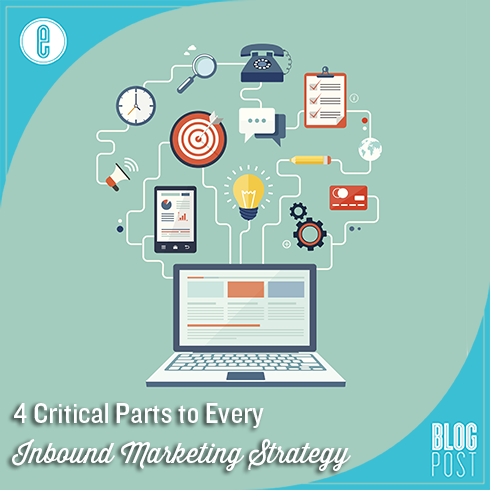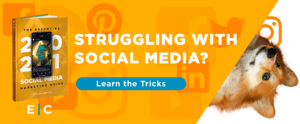Great products sell themselves. So how can you get your product to sell itself? By focusing less on marketing your product and more on helping your customers succeed. It seems crazy, right? But it works on account of one thing: action, action that helps your customers become successful.
This is the essence of inbound marketing. Your job is not to push ads that harass customers until they give in and buy. No, inbound marketing is an art form akin to feeding birds. You let your customers come to you, but first you have to teach them how to fly.
Here’s how you do that.
Write a Blog
Yes, a blog. Because logistically speaking, blogs that focus on clear, relevant keywords are an effective way to increase your website ranking on search engine result pages. Optimize your content with glimmering SEO and you’ll help search engines find you and Google swoon. But what good is a crown without the king? Hence, why you need great content to attract customers and make them loyal.
Customers are not fools. Before they get anywhere near the sales process, they do their research. This is especially true in the B2B industry, where productivity and company success are far more important than entertainment. A blog gives your customers both entertainment and education, helping them become more successful.
With an informative blog, not only do you attract inbound traffic, but you provide those incoming visitors with knowledge that soothes their pain points, solves their problems, and answers their questions. As your blog grows in authority and industry relevance, so do your reader base and loyal fans.
Supply Free Downloadable Content
Guides and eBooks further add to the knowledge that a blog provides, but with one difference: accessibility. Downloadable content is a great incentive for sign ups and subscriptions, especially if you put them behind landing pages. Add them to a purchase, and you have a happy customer who just got a whole lot more for their money.
Furthermore, eBooks can build off the basics, teach new skills, and provide ongoing instruction that keeps the dialogue between you and your customers alive. Blogs achieve this too, but if your blogs are too technical or elitist, you’ll scare off new readers.
Together, downloadable content and blogs form a happy medium of education and engagement. With the latter providing a great starting platform and the former polishing that knowledge with more specific information, these educational resources will turn casual readers into successful experts.
Make Onboarding Easier
Onboarding is the process that ensures your new customers benefit from your product or service, no matter what it is. It covers all the steps vital to their success and can be mind-numbingly complicated like CRM data analytics via cloud servers or as simple as linking their Facebook account.
Always remember this: the easier it is for your customers to start using your product, the quicker they’ll benefit from it, and the sooner they’ll thank you. To attain that outcome, grab users by the hand and lead them step by step. Show them best practices used in the industry, provide tips, and share instructional videos along the way.
Even though the onboarding process comes after a lead converts into a customer, it makes a great first impression that’s full of future sales opportunities. Think of this moment as a seed that’s begun to sprout. The more attention, support, and care you give your new customers, the happier they will be with your company.
Provide The Best in Customer Support
Commitment to customer service is an essential aspect to the sales process. It’s more than just answering questions and providing live chat or phone support. It’s about creating lasting, personal connections that make your company stand out from your competitors.
Take FreshBooks.com, for example. This online invoicing and accounting service boasts a loyal customer base not just for its quality of service and customer support, but because of cake – real, edible cake that they randomly send to new customers or as a birthday wish to loyal users.
While guides, FAQs, and helpful support certainly make a difference, it doesn’t compare to the experience of getting a cake from strangers you just gave money to.
This is what sets businesses apart from others. Maybe their product is mediocre or good at best. Perhaps, they really provide a service that helps their customers become more successful. But it’s their unique devotion to their customers and their innovation in the customer experience that makes them successful.
If you’ve been following, this is the secret to selling a great product: it’s not the product that sells, it’s your brand. The brands that go out of their way to help their customers succeed will be the brands that have lifetime customers.
-FINAL(01-00)-White&Blue-01.svg)





